EATON Fuses
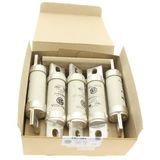
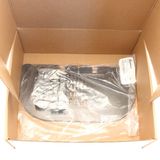

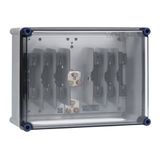
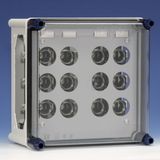
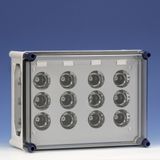
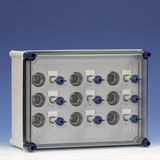
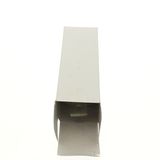
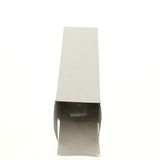
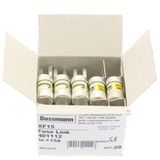
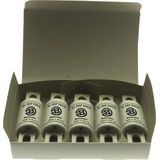
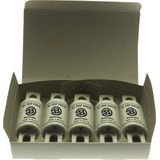
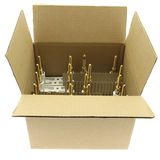
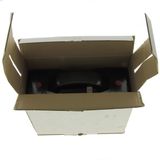
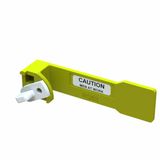
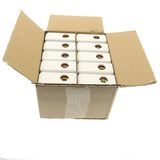

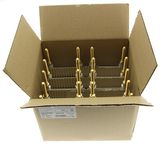
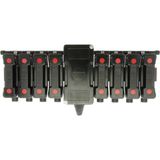
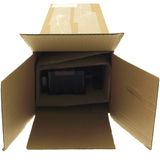
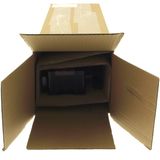
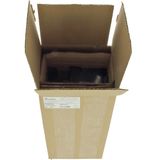

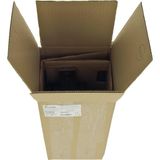
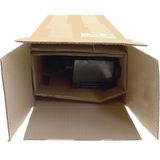
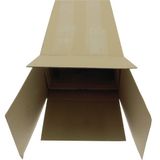
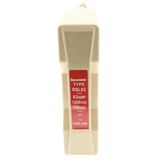
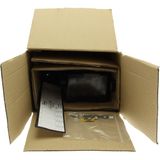
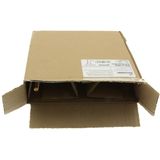
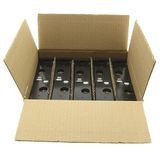

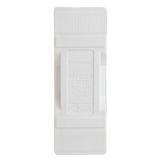
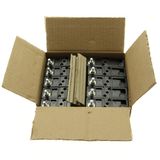
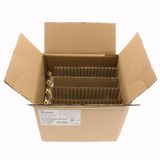
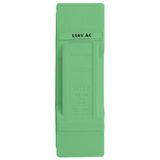
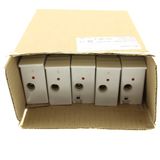
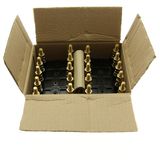
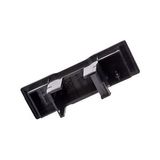
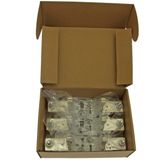
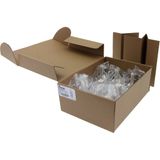
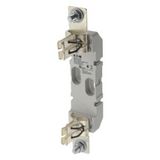

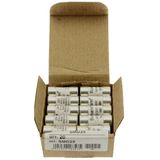
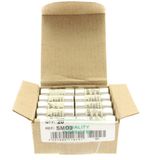
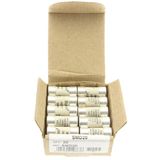
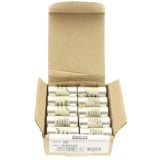
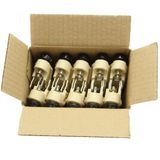
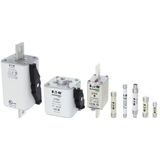
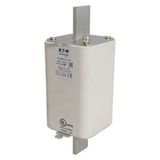
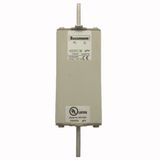
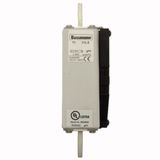
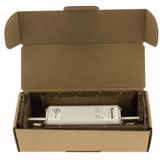
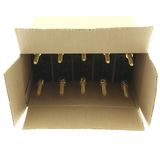
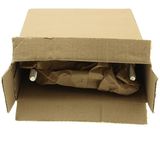


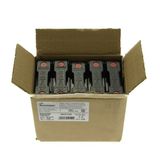
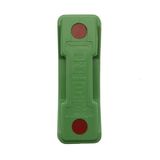
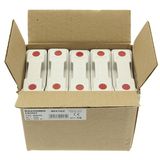
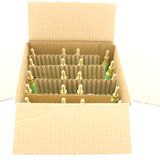
Eaton Fuses: overcurrent protection gear that works
You’ve been on enough jobs to know: when a fuse lets go at the wrong time, you’re up a creek. Eaton fuses step in and stop that. They handle overloads. They interrupt fault currents. The kind of stuff you hope doesn’t hit your panel—but if it does, you want Eaton in place. Their guide spells it out: for semiconductors, DC systems, general distribution—this brand covers it.
Eaton Fuse Links and Cartridge Fuses
We pulled a reel of cartridge links through last month on a retrofit job—tight panel, less room to work. Eaton fuse links fit clean. Cartridge bodies, good arc-quenching filler inside so when the link melts it doesn’t blow your panel open.You strip, hold, torque the holder—done. If you size it right, you avoid nuisance trips and you avoid waiting for a parts order. Don’t overthink the casing—match your body size, current rating, voltage rating (yes, voltage matters).
Other Eaton products:
Eaton Overcurrent Protection & Industrial Fuses
Industrial gear wants gear you trust. Eaton industrial fuses walk the walk: high interrupting ratings, clear specs, coordinated protection. The manual explains how to match I²t curves, short-circuit levels, derating factors. Example: if you’ve got a drive feeding a motor and the start-current spikes, you need a fuse that doesn’t act like a cheap circuit breaker. Eaton gives you the data. We’ve used them in dusty plant rooms, hot roofs—survive.
Eaton Fuse Holders and Protection Devices
You’ve got your fuse link, now what? Holder matters. A bad holder means bad contact, heat build-up, failure. The Eaton documentation warns: check torque, contact pressure, mounting alignment. On site I’ve tightened holders, monitored temp. With Eaton we pulled 50 A through a holder in a panel that was already packed—temperature spike stayed modest. Good fit. Doesn’t mean you skip maintenance—check cracks, check torque, replace aging parts.
Practical Installation Notes
- Always validate the rated voltage of the fuse against your system. This wasn’t a suggestion; it’s a safety thing. Eaton docs cover it.
- Select the fuse based on prospective fault current, I²t, and time-current curves (yes, you still have to do the math).
- Ensure holders are firmly mounted, cables stripped correctly, minimal thermal stress. One bad connection—heat, failure, call backs.
- We pulled 80 m of cable, dozens of fuse modules last month in a switch room; held steady. Eaton gear didn’t complain.
Why working with us (your distributor) helps
Look, you don’t want surprises. Our warehouse in Latvia means we ship across the EU—Germany, France, Netherlands, Baltics, UK, Spain: we’ve done them. You call, we know what a 125 A NH-link is, we know your panel layout, spare parts, everything. Wholesale pricing, proper documentation, you get the batch codes, you get shipping that doesn’t take weeks. Real-world logistics. Real-world jobsite stress. We’ve walked through it.